Watch: Wes Anderson Teaches Mise-en-Scene with 'Moonrise Kingdom'
A new video essay outlines the term 'mise-en-scene' once and for all, using Wes Anderson as an example.
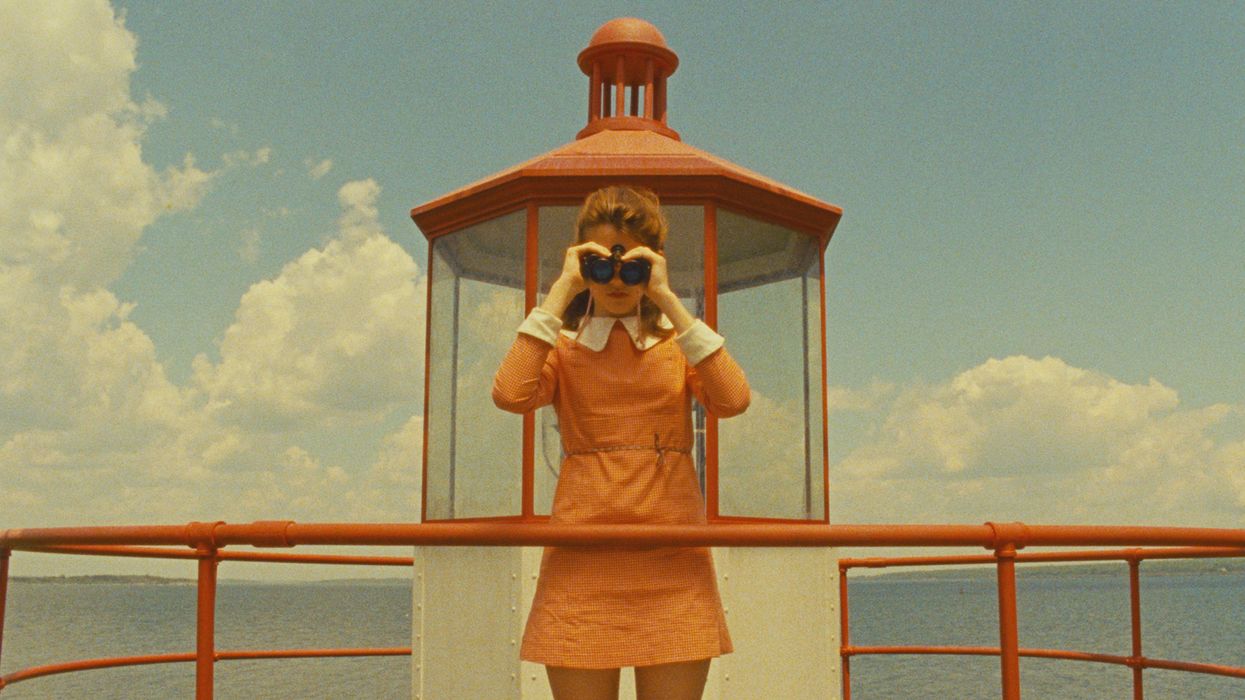
Ah, mise-en-scene. It's one of those terms, like hermeneutics, deconstruction, or hegemony, that just rolls off the tongue.
Contrary to popular opinion, mise-en-scene has a relatively simple meaning, and it's explored nicely in this video essay by David Gallo. Of course, there's no better place to start learning about mise-en-scene than Wes Anderson. This new video essay walks us through the not-so-idyllic island intrigue, Moonrise Kingdom, and the elements that make up Anderson's use of said mise-en-scene. We get to revisit some particularly poignant moments from the films, as well. (Below, we outline the most important elements of the cinematic term.)
Setting
To say the scenario of Moonrise Kingdom is staged is an understatement; Anderson sets the film on an island, isolating its characters from any outside influence, and then lets them frolic in anguish, in happiness, and in love. Though it's a far cry from the island of Shakespeare's The Tempest, one could see it as a staging ground for battles over identity that lead to the ultimate question: When does one become the Prospero of one's own life?
Lighting
Gallo accurately points out the "low-key" lighting of most of the film. Anderson does this to bring the level of the human interactions here down to size—to humanize them. Whether or not he succeeds, of course, is debatable (and if he doesn't, perhaps that could be seen as a sign of the rebellious spirit at the heart of the film).
Human Figure
Anderson's human figures are, here as elsewhere, highly awkward. They don't know what to do with their hands. They stumble. They stagger. This is all part of the experience of the film, which is to draw you into the heart of human imperfection at its most benign. The human figure, be it outfitted in a Boy Scout uniform or Dad shorts, is a metaphor for the films themselves, which are studies in fascination with imperfection, cloaked in seemingly perfect (read: symmetrical) form.
Composition
As Gallo states, the camera work here is dead straight ahead 90 percent of the time, presenting a moving gallery of photos of its characters. This creates a peculiar tone—something like a visual deadpan. In this sort of frame, everything is funny, and nothing is funny at all.
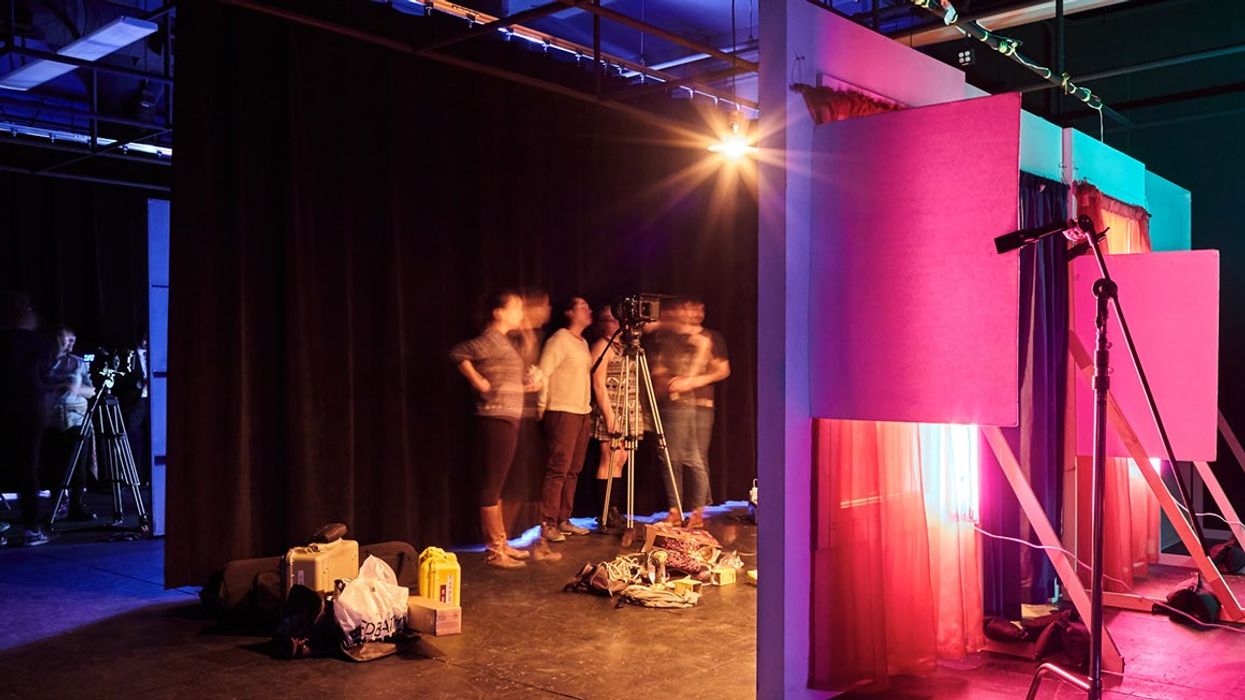
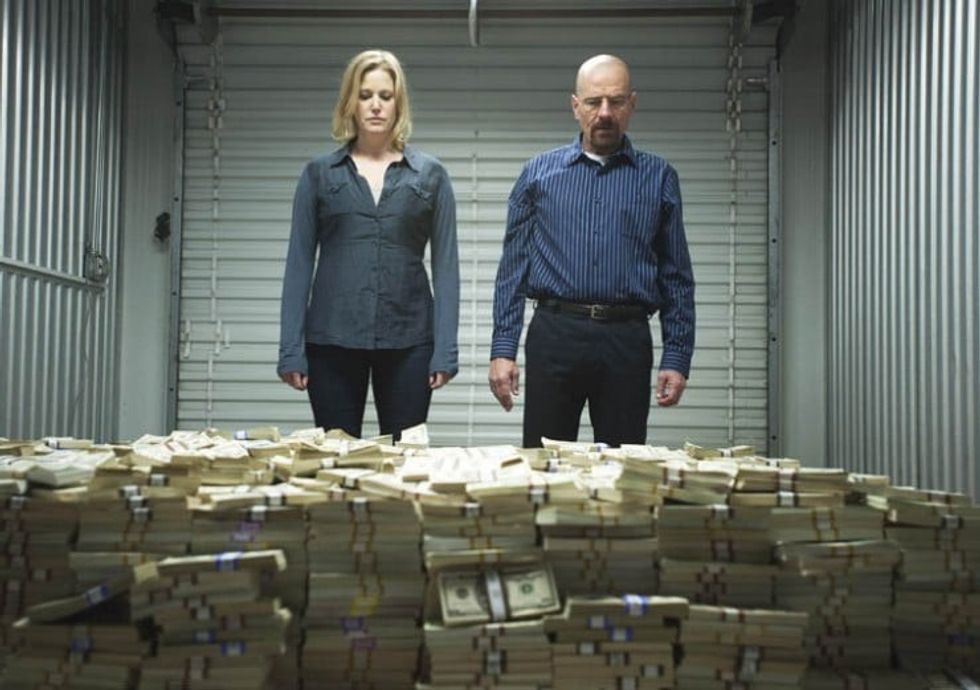
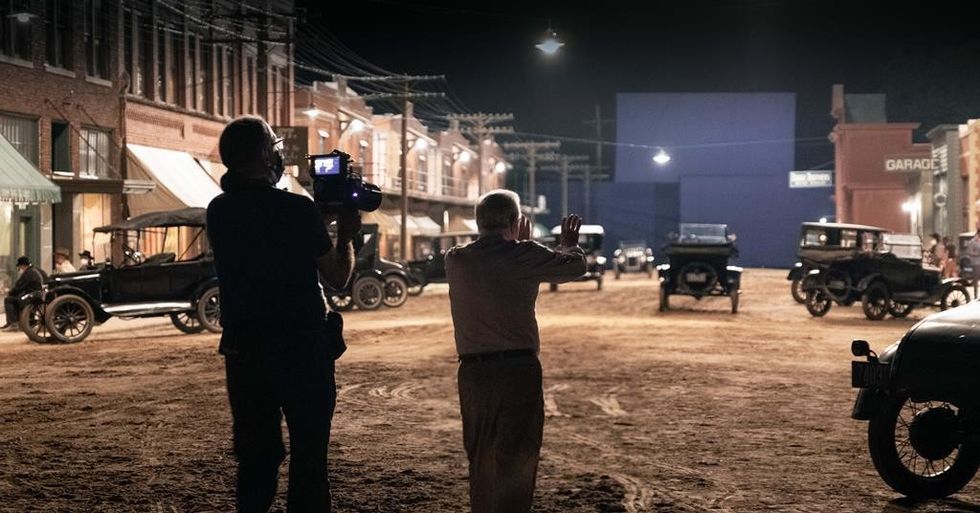 Go Behind the Scenes of the Filming of 'Killers of the Flower Moon'
Go Behind the Scenes of the Filming of 'Killers of the Flower Moon'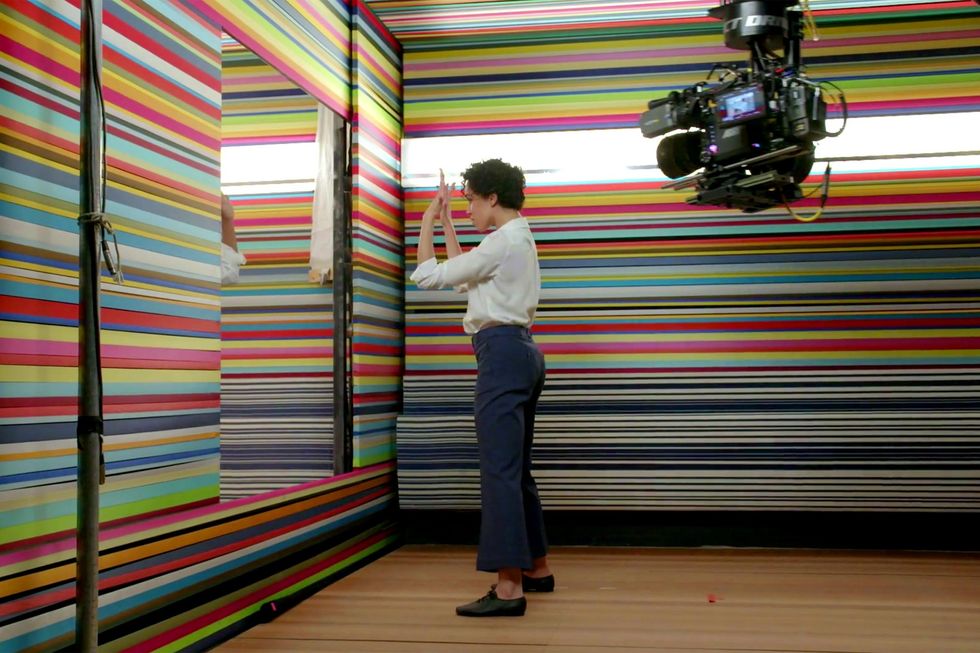 BTS of Spike Jonze's Apple Ad Apple
BTS of Spike Jonze's Apple Ad Apple









